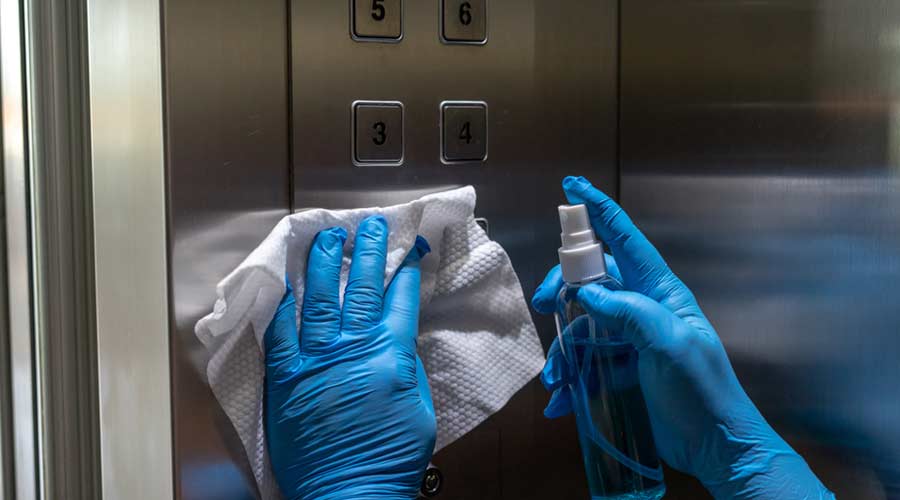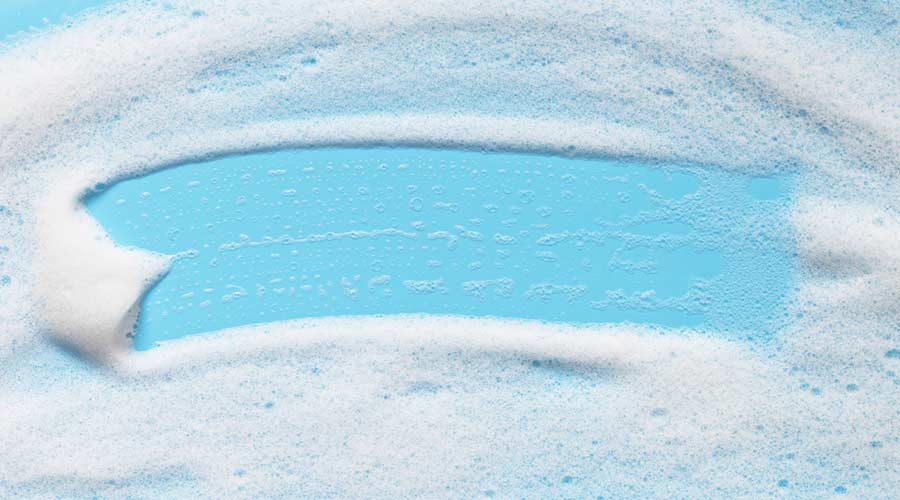
By Dale Franke, Vice President of Sales & Marketing, Acme Paper & Supply Co, Inc.
In the janitorial and sanitation world, selling across different industries or “verticals” means understanding that no two customers operate the same way. Each industry, from healthcare and education to food service and class A commercial office space, has unique priorities, compliance standards, and different value drivers. Yet, after more than 30 years in the business, I’ve learned that success across every vertical comes down to experience and being a trusted resource.
Knowledge is power. When you take the time to ask questions, listen carefully, and understand what keeps your customer up at night, you move beyond simply selling products to offering valuable solutions. Through decades of discovery meetings and hands-on work with customers, I have identified eight universal objectives that drive decisions across nearly every vertical.
1. Budget and Operational Efficiency
Customers are being asked to do more with less. Labor shortages and rising costs have made efficiency a top priority. The right combination of products, equipment, and processes can help reduce cleaning times, extend product refill cycles, and simplify tasks and training. If you can show how your solution saves time and labor, you are creating value for customers.
2. Health, Safety, and Risk Reduction
Health and safety are non-negotiable for all industries these days. Preventing infections, accidents, and chemical exposure protects both staff and building occupants. In healthcare, that means ensuring products such as disinfectants are EPA-registered and compliant with accreditation standards like The Joint Commission. A healthy environment is just as vital in schools and offices, where employees as well as visitors want to know that everything from the air to surfaces is clean, sanitized, and safe.
3. Visibility of Cleanliness
People expect visible proof that the spaces they occupy are clean. Restroom presentation, odor control, and touchless dispensers all play a role in how people perceive your facility. If a person walks into a restroom and it looks like a tornado came through, they’re probably walking back out the door. The look, smell, and touchless technology behind cleanliness defines a facility’s brand and commitment to health and hygiene.
4. Sustainability and ESG Alignment
Environmental responsibility and sustainability are not just catch phrases; they are business expectations. Facilities are tracking environmental, social, and governance (ESG) goals, measuring carbon footprints, and pursuing LEED points. Suppliers who are focused on aligning their offerings, including eco-certified products, waste-reduction strategies, and green cleaning programs, are helping clients meet their sustainability commitments while improving efficiency.
5. Standardization and Consistency
Standardization throughout organizations focuses on simplifying products, SKU rationalization, and more uniform programs, which makes staff training easier with more predictable results. Product demonstrations and proof-of-performance testing for clients in various industries build confidence that the solutions you are offering are consistently effective. In healthcare, for example, this means demonstrating that disinfection products work as intended every time.
6. Training and Support Documentation
Staff turnover and time constraints make training essential, especially in the cleaning world. Simplified standard operating procedures (SOPs), wall charts, and visual training tools such as color-coding and icons help teams work safely and efficiently. Some manufacturers now embed QR codes on their equipment. A team member can scan it with their phone and watch a quick tutorial on how to operate the machinery or technology. That kind of instant hands-on learning, coupled with on-site demonstration, drives consistency across shifts and locations.
7. Reliable Supply and Fulfillment
If the pandemic taught our industry anything, it’s the importance of dependable supply chains. Customers expect on-time delivery and reliable availability of cleaning products. Reliable fulfillment is as much a selling point as any technological feature and shows that your partnership extends beyond the sale.
8. Technology and Data
The Internet of Things (IoT) has transformed facilities management for the better. Smart dispensers now track usage, ATP testing verifies disinfection effectiveness, and digital dashboards offer visibility into inventory and cleaning performance. These tools allow vendors to provide data-driven insights that help customers manage budgets, measure success, and prove cleanliness and performance.
While these eight priorities are universal, every industry weighs them differently. When working with decision makers, price is important, but product knowledge and understanding a customer’s pain points and how to solve them are key. Selling across verticals is about partnership and doing what is right for the client. When you combine deep product knowledge with genuine understanding and experience in your customer’s world, you become a trusted customer advisor. That is how lasting value is created in every vertical served.
Dale Franke is the Vice President of Sales and Marketing at Acme Paper and Supply Company,?one of the nation's largest suppliers of sanitation solutions, disposable food service packaging, restaurant equipment and supply, retail and industrial packaging, and custom-designed packaging. Franke has nearly 30 years of experience in the facility supply industry and more than 10 years of experience in sales leadership. He can be reached directly at?dfranke@acmepaper.com. For more information visit?https://store.acmepaper.com/.??
posted on 11/13/2025

 Celebrating BSCAI's 60th Anniversary eBook
Celebrating BSCAI's 60th Anniversary eBook The Down and Dirty on Cleaning in Virus Season
The Down and Dirty on Cleaning in Virus Season How Surfactant Use is Expanding in Commercial Cleaning
How Surfactant Use is Expanding in Commercial Cleaning